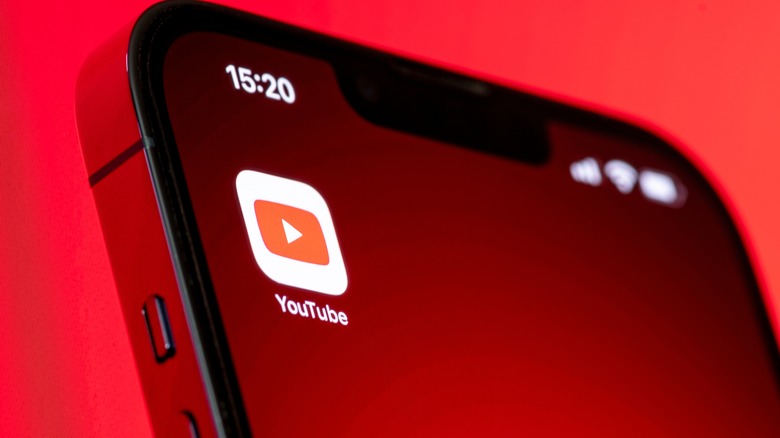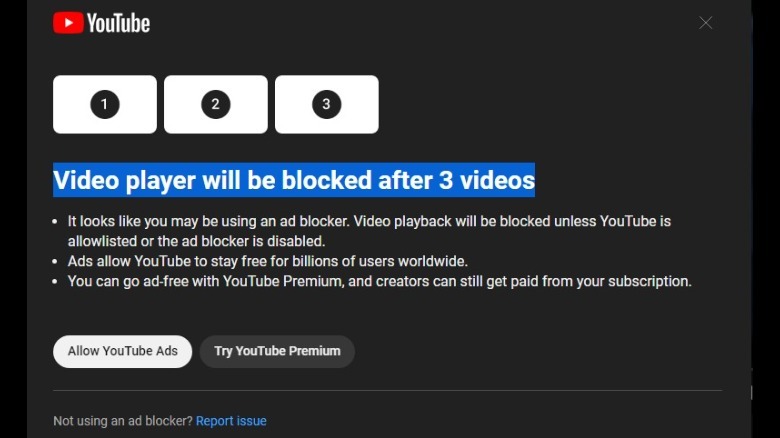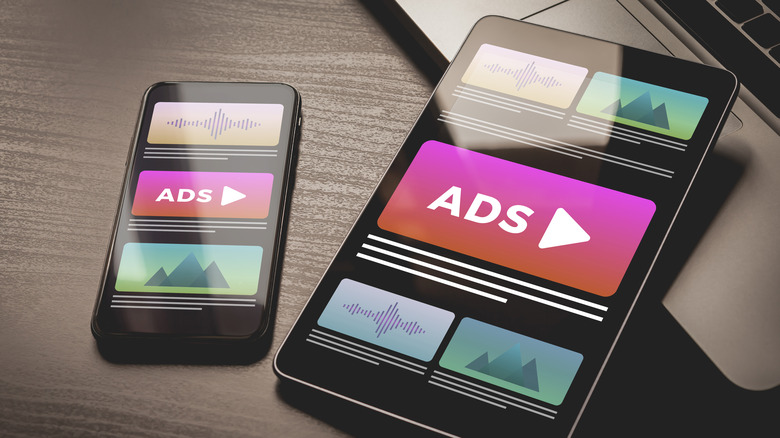YouTube Ramps Ups Its Efforts In Fight Against Ad Blockers
Ad blocking has been a contentious issue in the realm of online advertising. While the basic idea behind ad blockers is to let users enjoy content without intrusive ads, it poses significant challenges for content creators and video-sharing platforms.
Because these entities rely heavily on advertising revenue to sustain their operations, ad-blocking tools essentially prevent them from making money, even as users consume their content for free.
Interestingly, despite the massive proliferation of ad-blocking tools, YouTube chose to largely ignore the problem. However, as YouTube and Google struggle to make money due to the effects of the global financial slowdown and the mounting threat posed by ad blockers, YouTube has decided to adopt a more aggressive approach to protect its revenue streams.
A recent post on Reddit gives us the first glimpse of what things may look like once YouTube enforces a strict ad-blocking ban. The post includes a screenshot of a message that YouTube intends to display to users who may have enabled an adblocker:
Unlike YouTube's previous attempts that merely requested people to stop using ad blockers, this more aggressive stance would result in three "strikes" to the viewer. After the three strikes, YouTube will block the YouTube player from playing back any more videos. Note that these "strikes" do not adversely affect the standing of the signed-in account.
How will YouTube's ad block strike policy work?
As mentioned earlier, this three-strike policy will be "activated" once YouTube detects an ad-blocking tool during an active user session. Once detected, YouTube will let users view three videos before blocking its media player from playing any additional content.
Once users come across the message, they would either be required to disable the ad-blocking tool entirely, or add YouTube to the list of "allowed sites." In case the user ignores the message, they will not be able to view any more videos until they comply with YouTube's demand.
If YouTube implements this policy, it will make it one of the most aggressive stances the video-sharing platform would take against ad-blocking tools. Given that the majority of YouTube users have not yet seen this message, chances are that the company is still testing this feature. It is still unclear whether YouTube intends to widely implement this policy across its global user base.
Nevertheless, it would be interesting to see how the platform's massive user base responds to this move. There is no denying that this three-strike ad-blocking policy would be welcomed by creators. However, users currently using ad blockers for a less intrusive, seamless YouTube experience (without paying for Premium, of course) may experience a disruption in their flow of content consumption, if this is indeed the way forward.


